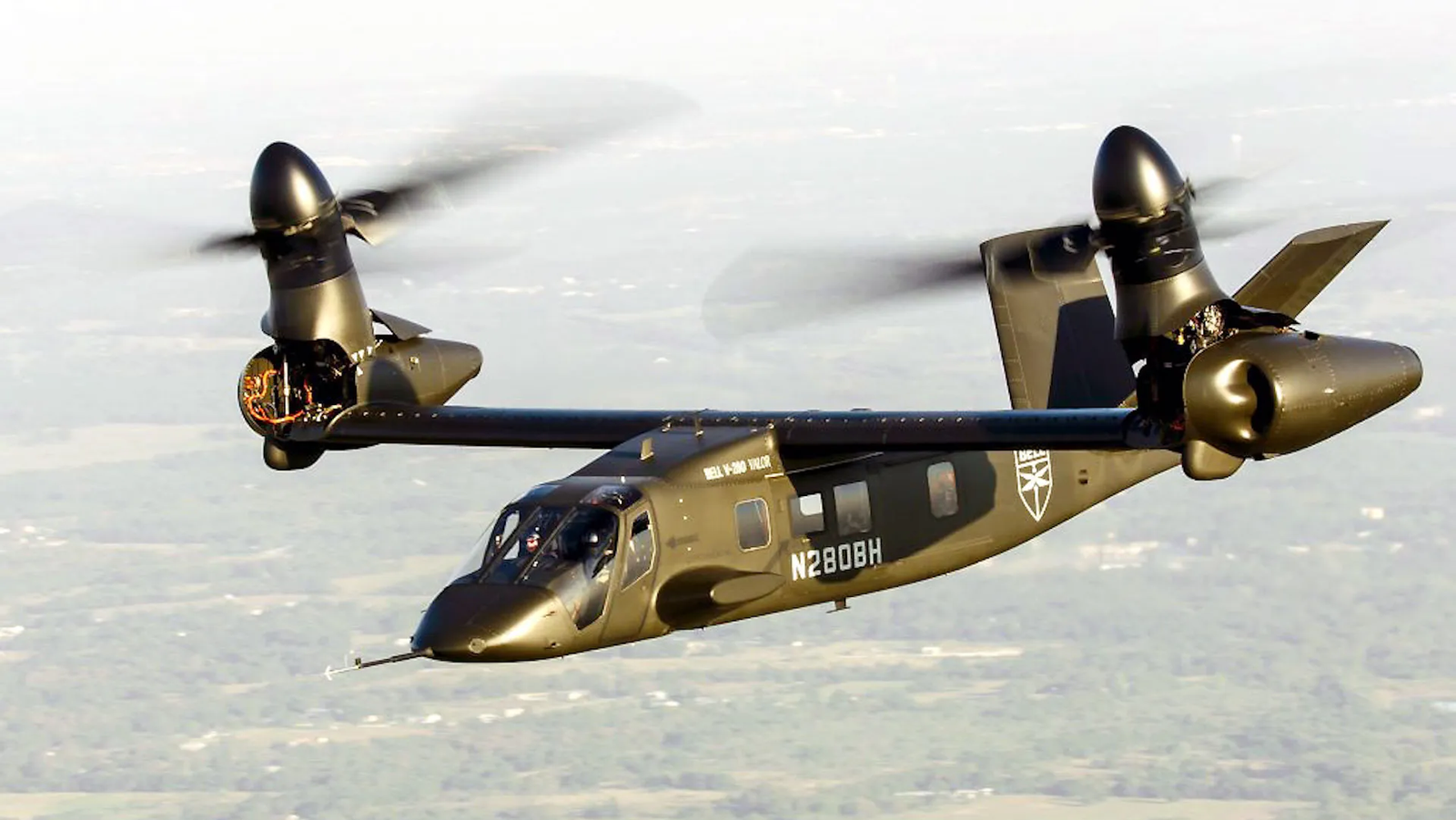
Over the past five decades, the U.S. Army has relied on tough and dependable helicopters like the UH-60 Black Hawk and CH-47 Chinook to carry troops and equipment into battle. The same vehicles, which debuted in the 1960s, have flown in nearly every conflict since then and have become legend as workhorses of dependability and versatility. But with more combat involving high-tech gadgetry, the Army needs aircraft that will fly faster, farther, and more efficiently over tough terrain.

Enter the Bell V-280 Valor. The V-280 is the crown of the Army’s Future Long-Range Assault Aircraft program and is designed to revolutionize airlifting troops and air assault missions. It could provide unparalleled speed, range, and maneuverability to vertical lift missions.

The modern battlefield demands speedy arrival and a long operating range. The conventional helicopters, as good as they are, do make several stops, have long support requirements, and longer travel times to bring troops to the point where they are supposed to deploy. The Army realized a platform was necessary that would excise such limitations to allow forces to move more quickly and more safely into zones of significance.

The V-280 does this with a tiltrotor design, blending the vertical takeoff and landing ability with the cruise speed and fuel efficiency of a fixed wing. The aircraft can fly at speeds of approximately 520 kilometers per hour—almost twice the speed of a Black Hawk—and travel more than 925 kilometers without the need for refueling, with troops able to be quickly deployed to targets.

One distinctive feature of the V-280 is fixed engine nacelles. As compared to the V-22 Osprey, in which the whole engine package is tilted, only the rotors and driveshafts of the V-280 are tilted. This reduces the weight of the aircraft, making it more stable and easier to service. Its fly-by-wire flight system, composite fuselage, and open-architecture avionics also make it future-proofed to be retrofitted to future technologies, hence making it reusable for decades.

In December 2022, the V-280 was selected over the Sikorsky Defiant X by the Army due to its speed, range, and digital infrastructure being greater, as the company had secured the development contract. The program entered the engineering and production phase in mid-2024. There will be six prototypes, initial flight in 2026, low-rate production in 2028, and initial operational deployment in 2030. To do this, Bell is constructing a huge Fort Worth, Texas, production facility for manufacturing the aircraft.

The V-280 is not merely a new airframe; it’s part of a complete operational concept. With the Army’s Large-Scale, Long-Range Air Assault idea, the entire Brigade Combat Team could be dropped more than 500 miles deep in enemy territory one night and be ready to fight combat forces almost immediately. Operations with the 101st Airborne Division have shown that missions that once took multiple nights, staging bases, and multiple hundred support personnel could be achieved within a night, with decreased fuel stops and dramatically smaller logistical footprint.

Soldier feedback has been at the helm of V-280 development. Infantrymen, crew chiefs, maintenance technicians, and pilots have all provided input on seating, cabin configuration, harnesses, and storage, allowing the design to get up to speed with actual operating needs.

More sensors, electronic warfare systems, and redundant flight controls all contribute towards enhanced survivability, so the V-280 remains flyable when hurt. Its Modular Open Systems Approach also allows for rapid updates to software and hardware, so it remains responsive as the demands of a mission evolve.

While the V-280 will be a central component of future Army air assault operations, the Black Hawk will remain in use for a couple of years. The two aircraft will coexist while the Valor is phased in and units learn to operate the new aircraft.

Lastly, the Bell V-280 Valor represents a quantum leap in air assault capability. Unmatched in speed, range, and versatility, it allows the Army to deploy forces more rapidly, strike more distant, and combat more effectively than ever before, shaping the future of air assault warfare for decades to come.
